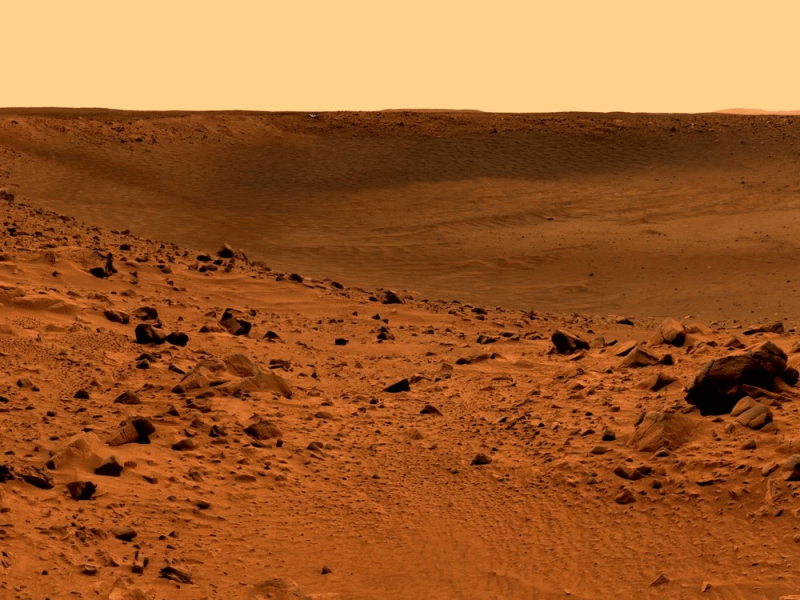In all the Universe, only Earth is known to be inhabited. But even among the Milky Way, billions of other chances exist. The right ingredients and conditions for life to arise are abundant.
In our Solar System’s early days, at least three worlds were potentially habitable. Early Venus, Earth, and Mars may have possessed temperate surfaces, organic molecules, and liquid water. Today, Venus is a hothouse planet, roasted by a runaway greenhouse effect. Mars, meanwhile, is cold and frozen, with its atmosphere stripped away via the solar wind.
For its first ~1.5 billion years, however, Mars possessed surprisingly Earth-like conditions. Its watery past is overwhelmingly assured: as orbiters and ground-based rovers show. The biggest unanswered question remains, “Did Mars ever have life?” If so, Martian life may not be of Martian origin.
Interplanetary objects frequently impact planets, kicking up debris. Both Earth’s Moon and Mars’s moons arose from such ancient, massive impacts. Today, a fraction of terrestrial meteorites have identifiably Martian origins. Conversely, some meteorites on Mars must have originated from Earth.
If Mars possessed life, did Earth “seed” it? And where did Earth’s life ultimately originate?
































